Your neighbors complain about barking, your couch is shredded, and walks feel more like battles of strength than peaceful strolls. These struggles are not uncommon, especially for owners of breeds known to be more difficult than others.
While every dog can misbehave, some breeds carry instincts or temperaments that make them particularly challenging to train. It doesn’t mean they are bad dogs, but they do demand more time, consistency, and patience than most people expect.
Many owners discover too late that their lifestyle does not match their pet’s behavior, leaving them stressed and unprepared. Understanding which breeds present these challenges in advance can help prevent these problems before they start.
Here, in this article, we’ll identify the best worst-behaved dog breeds you should know, especially if you’re considering ownership.
Key Takeaways
Mischief and personality often go paw-in-paw, especially with dogs who love to test boundaries at every turn.
Beagles and Parson Russell Terriers are endlessly curious, turning walks and playtime into a game of wits for their humans.
Siberian Huskies and Dachshunds bring energy, cleverness, and strong opinions that make training both a challenge and a delight.
Stick with us till the end to see which breeds combine charm, defiance, and unforgettable character in one package.
Best Worst Behaved Dog Breeds You Should Know
1. Akita
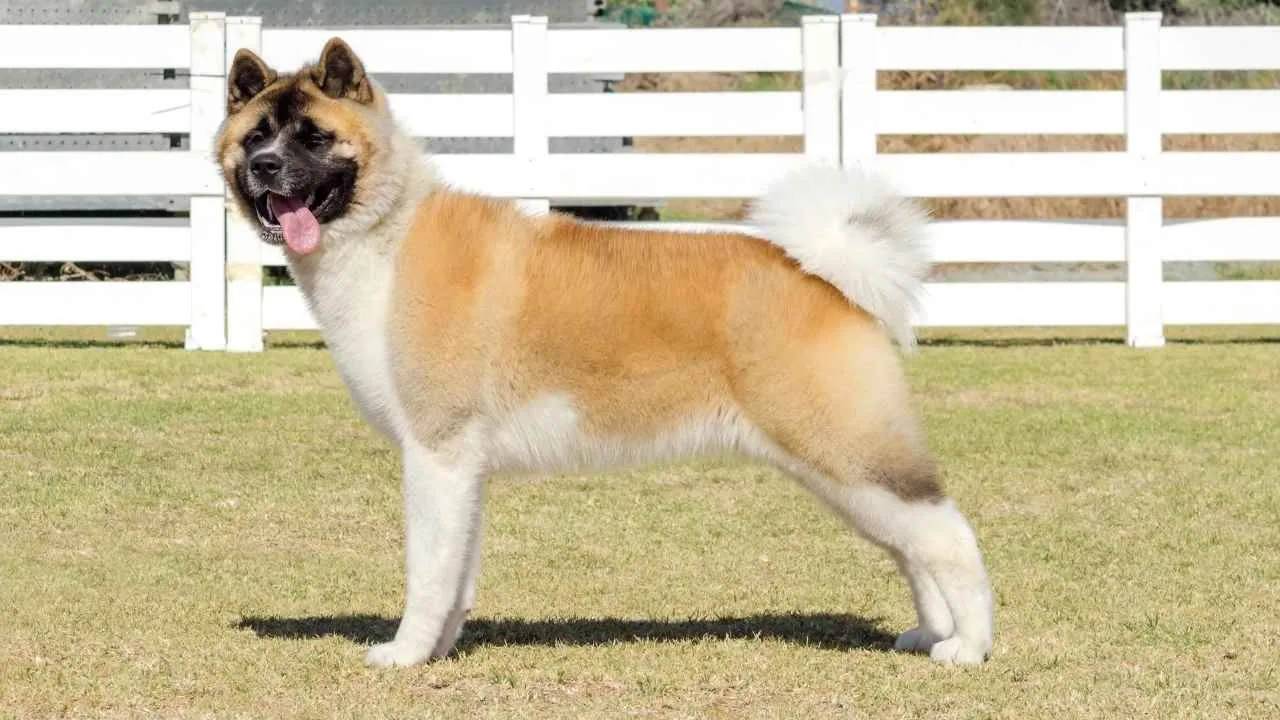
The Akita carries a proud and commanding personality that often shows in their daily behavior. Bred in Japan for hunting and protection, they have an independent streak that can make training challenging. Their willpower is impressive, but it can frustrate first-time owners.
Reserved but Powerful
Akitas are naturally reserved, and their serious demeanor often hides their playful side, as per the AKC. When it comes to strangers, they are watchful and cautious, sometimes to the point of being aloof. This strong guarding instinct is what makes them both admired and difficult.
They also tend to display certain habits that owners quickly notice:
Can be territorial about their home space
Prone to same-sex aggression with other dogs
Known for being stubborn during training sessions
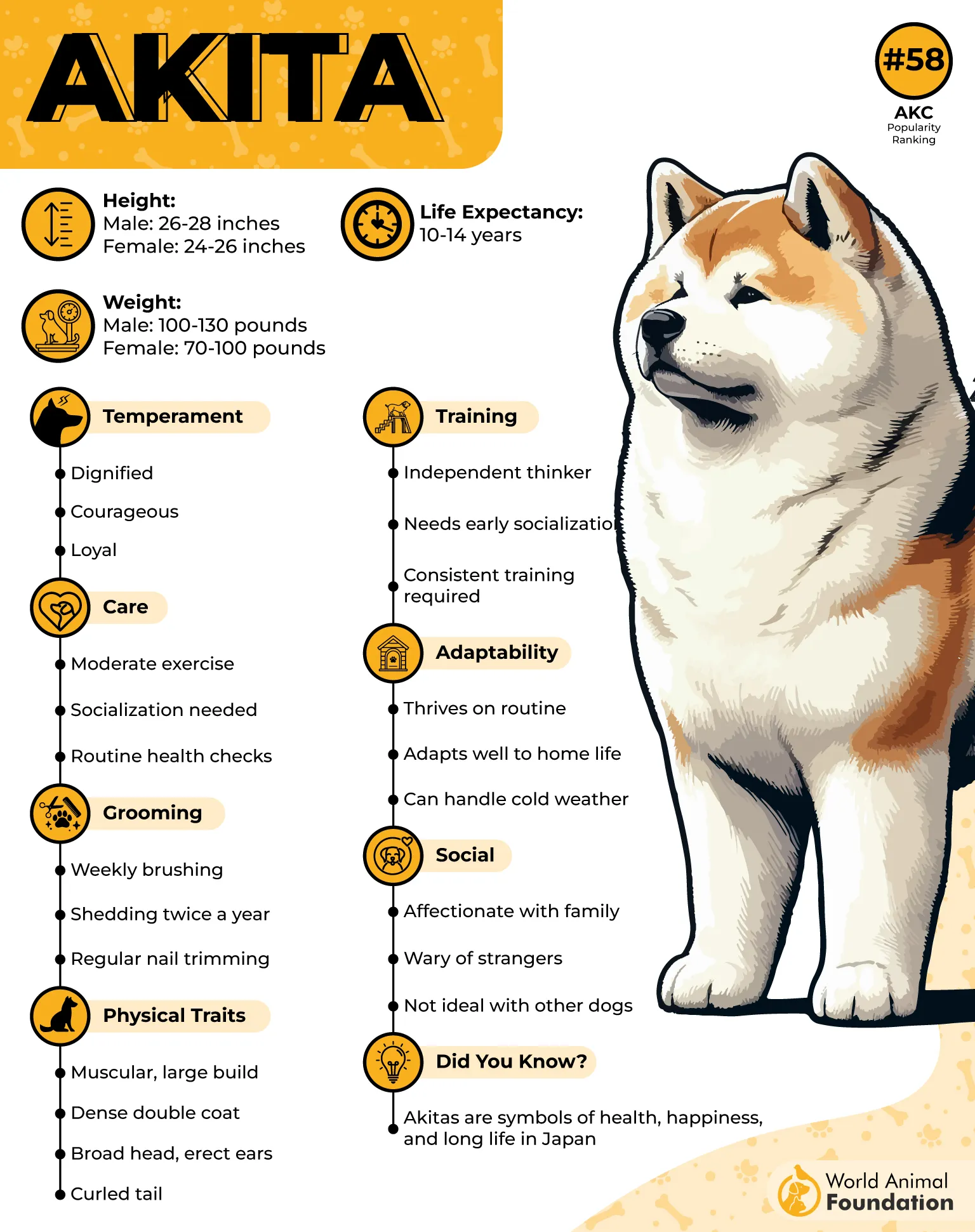
A Dog of Deep Loyalty
With family members, the Akita reveals an affectionate and loyal nature. They form close bonds and will often shadow the people they trust most. This intensity, however, means they may become possessive or overprotective if boundaries are not clearly set.
High Demands in Daily Life
Owning an Akita requires structure, patience, and steady handling. Their intelligence makes them quick learners, but they only respond well when respect is mutual. Without consistent direction, their natural dominance can easily become overwhelming.
2. Chihuahua
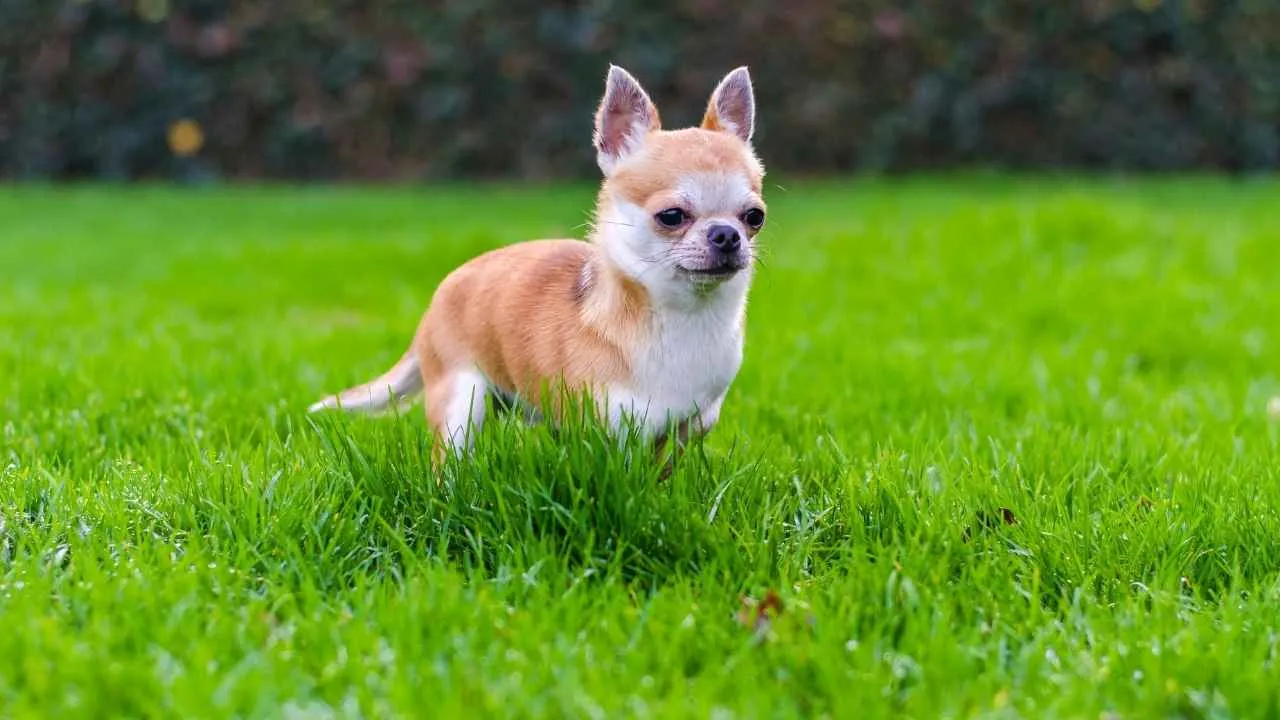
Chihuahuas often behave like the “boss” of the house, showing a stubborn streak that challenges even experienced owners. Their sharp personalities make them quick to assert dominance. This behavior can cause training sessions to stretch longer than with other breeds.
Barking That Demands Attention
These little dogs are famously vocal, using their bark to express excitement, anxiety, or suspicion, as stated by Petplan. Their constant need to alert can overwhelm quieter households. Because of this, they’re often listed among the noisiest small breeds.
They’re also known for these habits:
Guarding their favorite person fiercely
Reacting strongly to unfamiliar sounds
Struggling with sharing space with larger pets
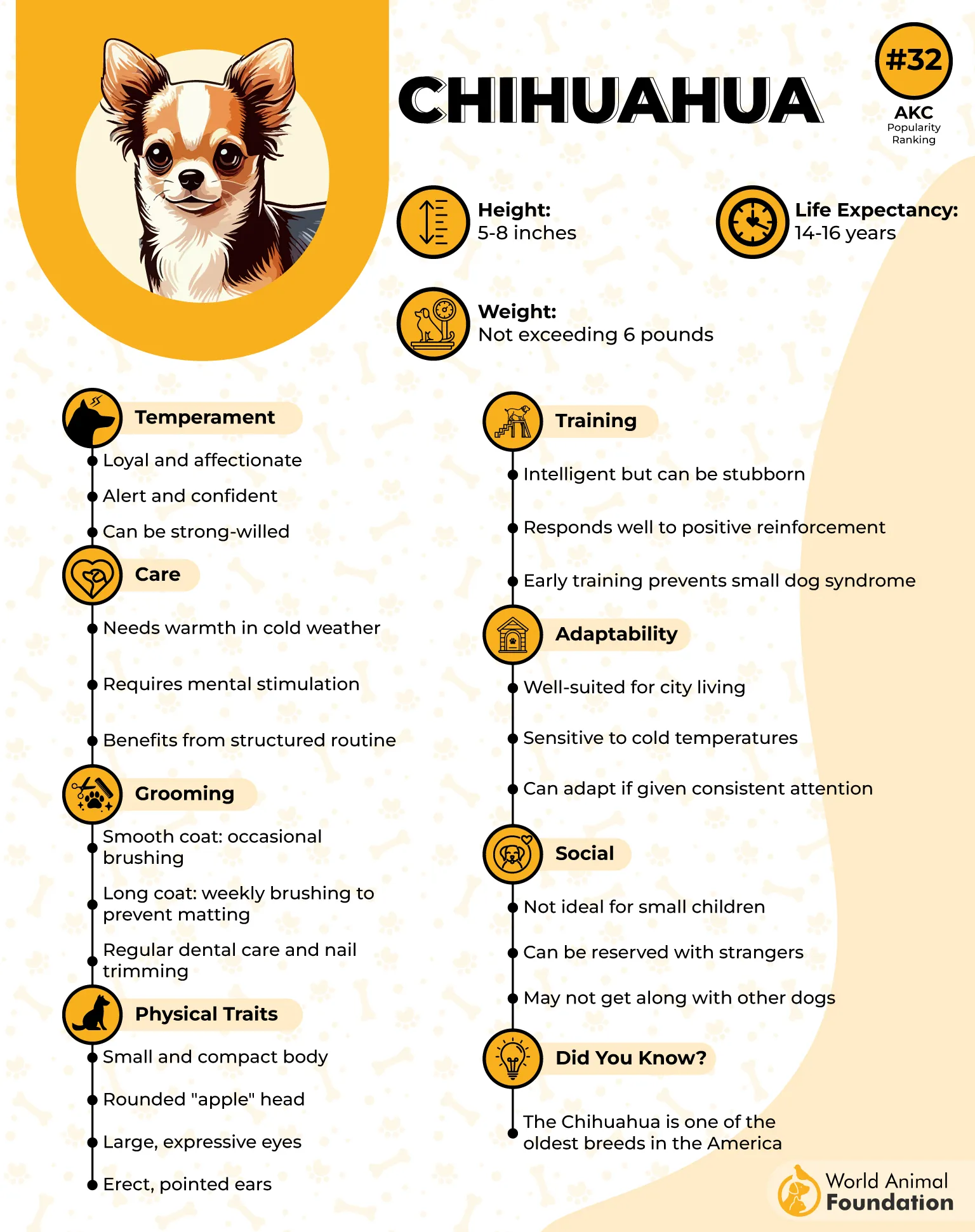
Strong Attachment to One Person
Chihuahuas usually form an intense bond with one household member, often to the point of jealousy. This attachment sometimes results in snapping at strangers or even family members who get too close. Their protective nature, while loyal, is part of what gives them a “worst-behaved” reputation.
Big Personality, Tiny Patience
Their lively energy can be charming, but when things don’t go their way, they’re quick to show impatience. These small pups basically have big tempers, especially during grooming or vet visits. This fiery side makes them both entertaining and occasionally exhausting.
3. Shar Pei
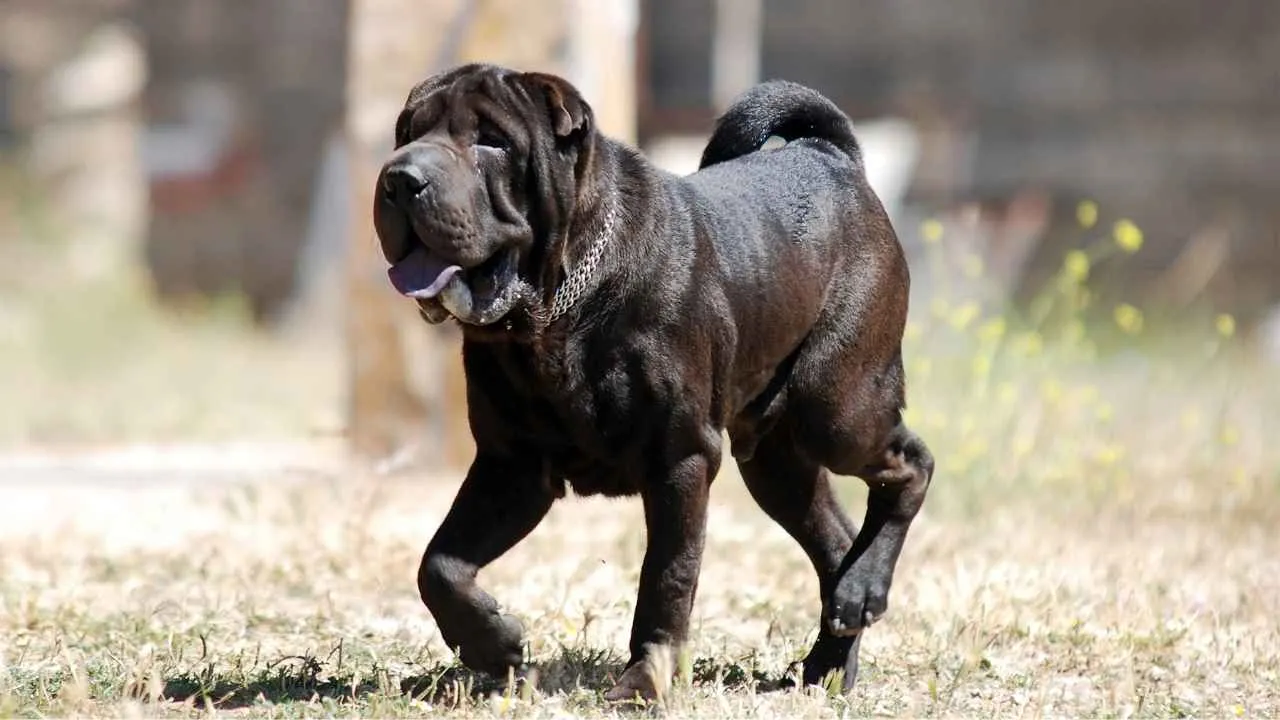
Shar Peis carry a reserved nature that can often be mistaken for indifference. Their independent streak makes them less eager to please than many breeds, which can create challenges for inexperienced handlers. This same quality, however, gives them a dignified presence that sets them apart.
Strong-Willed and Stubborn
Training a Shar Pei requires patience, as they’re known for testing boundaries repeatedly. Their stubborn side often comes out when asked to perform tasks they don’t find necessary. This tendency is one of the reasons they’re often labeled among the more difficult breeds to manage.
They’re also recognized for:
A natural guarding instinct
Wary reactions to unfamiliar people
Strong preference for doing things their own way
Protective Yet Distrustful
These dogs are deeply loyal but can become suspicious of strangers without clear guidance. Their guarding instinct is strong, sometimes leading to unwanted aggression if not channeled properly. Early socialization plays a vital role in balancing their natural protectiveness with family life.
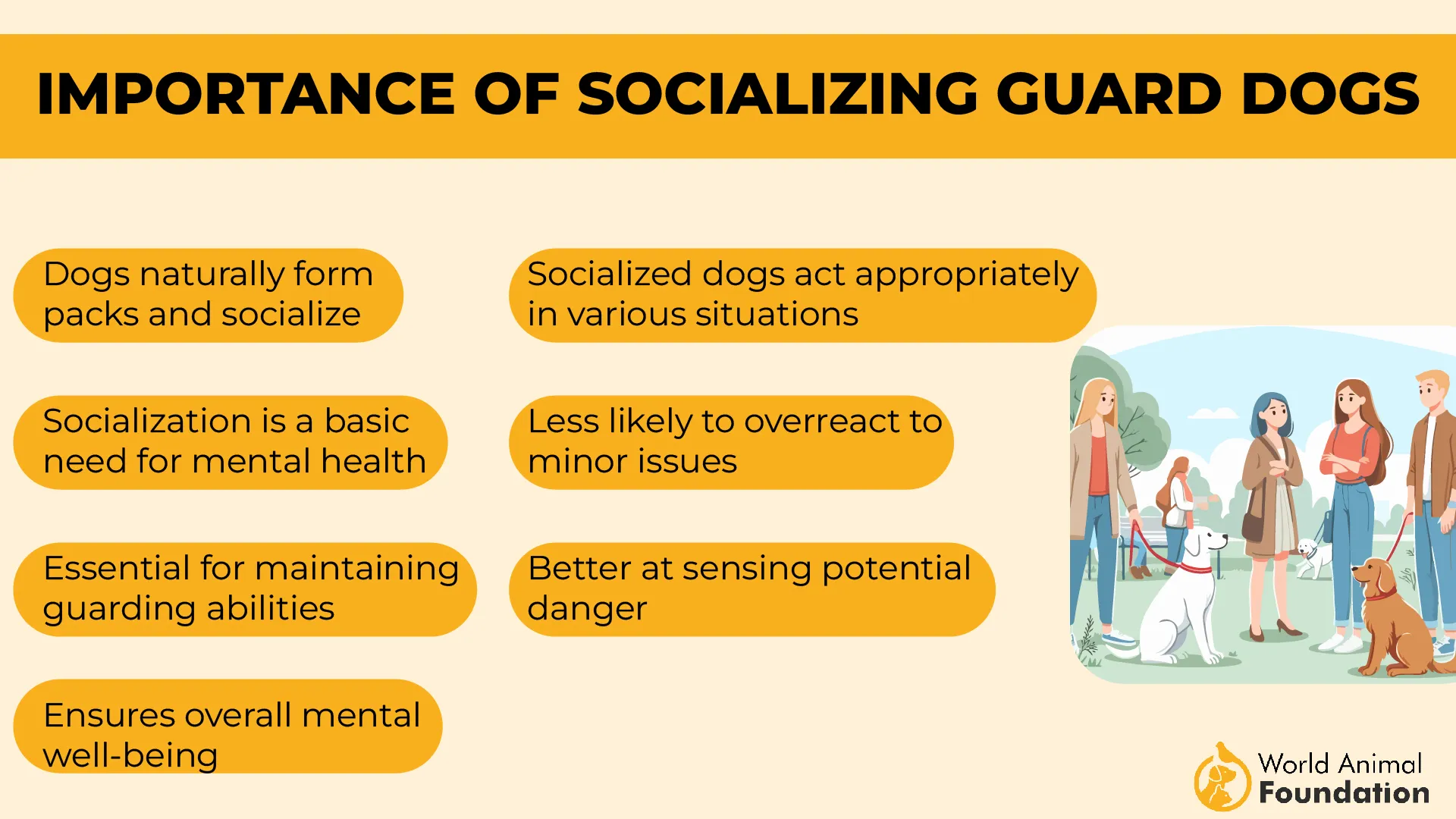
Ancient Breed with Modern Challenges
Shar Peis have roots in ancient China, where they were valued as guardians and fighters. While this history gives them strength and resilience, it also shapes the behaviors that can make them harder to handle today. Their temperament demands consistency and firm boundaries in daily routines.
4. Beagle
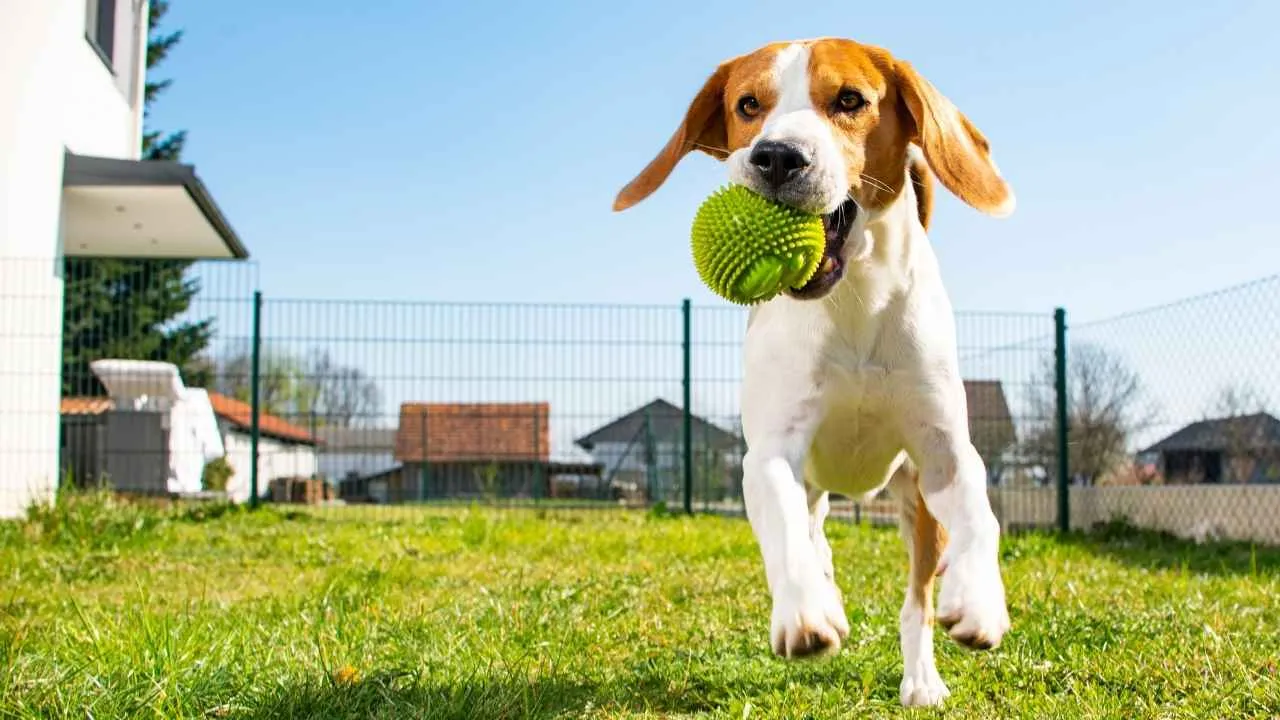
Beagles are ruled by their noses, which often makes them wander off without warning. Their extraordinary scenting ability has been measured at about 220 million scent receptors. This natural gift is remarkable, but it also means they’re quick to chase trails and ignore commands.
Stubborn Streaks in Training
Obedience is not their strongest suit, as they’re easily distracted by new smells or sounds. Training them requires consistent patience because they may tune out instructions halfway, as noted by PetMD. Their behavior can frustrate new owners who expect quick responses to commands.
Here’s a glimpse into traits that make them tricky:
Escape artists when gates are left open
Vocal with loud, persistent howls
Easily distracted during walks
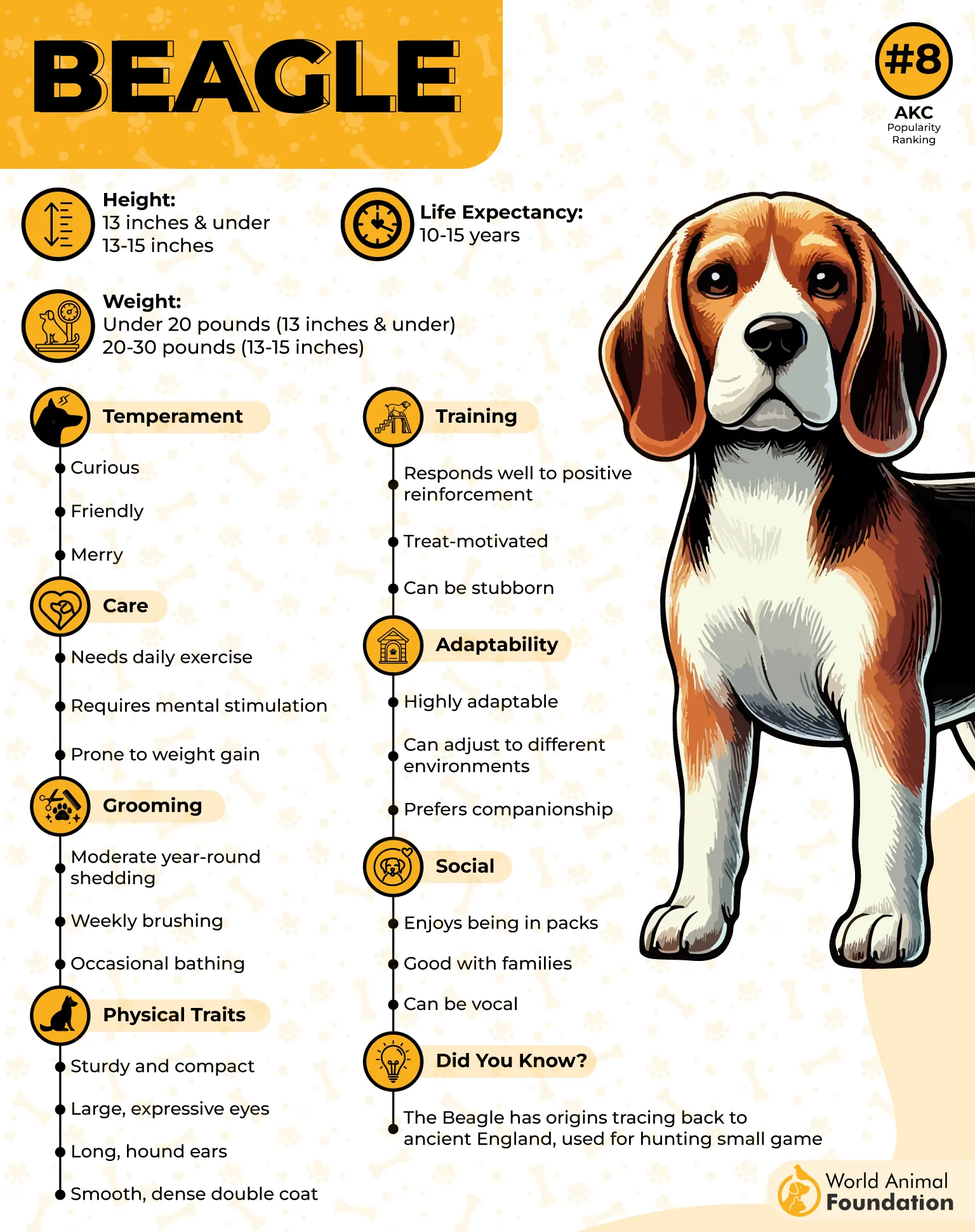
Endless Curiosity Outdoors
These dogs rarely get tired of exploring, and that curiosity often gets them into mischief. Without supervision, they may dig up yards or rummage through anything that catches their interest. Their adventurous spirit is charming but also makes them notorious for testing boundaries.
Mischief with a Loyal Heart
Even with their restless antics, Beagles remain deeply affectionate companions. They crave time with their families and dislike being left alone for long hours. This combination of energy and attachment explains why they often land on lists of badly behaved breeds.
5. Afghan Hound
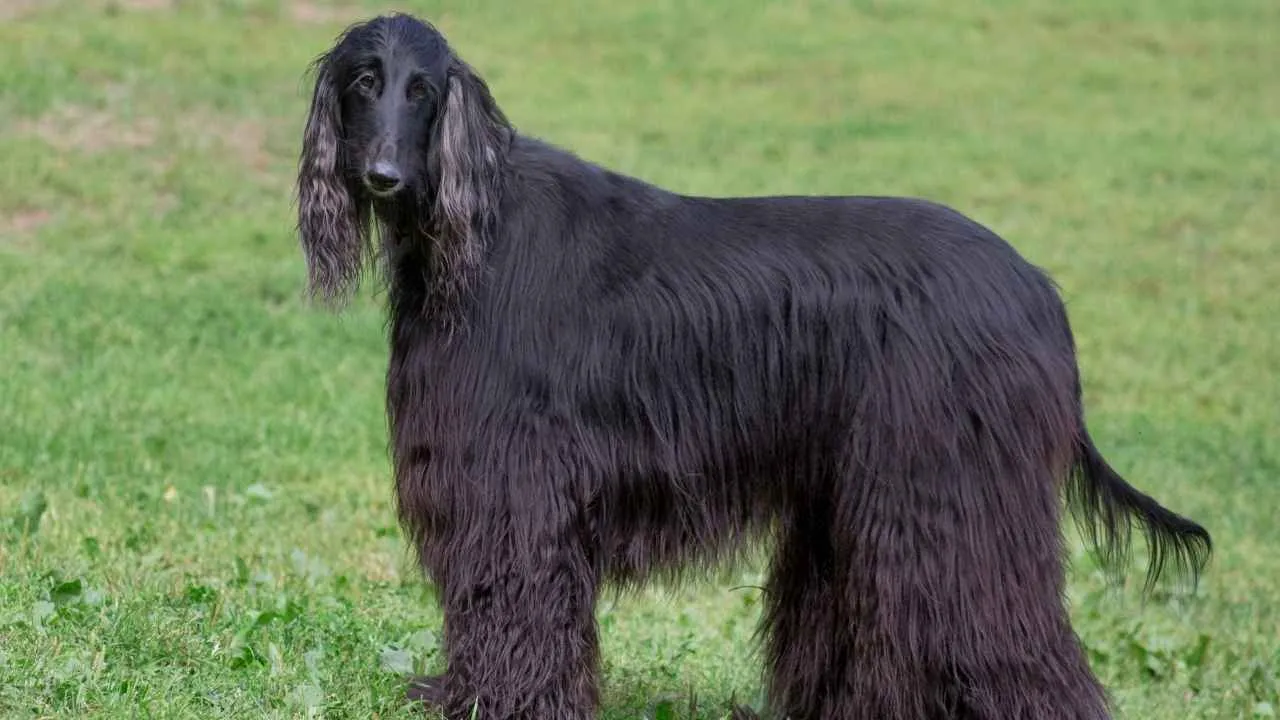
The Afghan Hound is admired for its striking looks, but what stands out even more is its independent streak. This breed often makes decisions independently, showing little interest in following commands immediately. Such stubbornness can make training a real challenge for many owners.
Difficulties in Everyday Obedience
Their aloof personality means Afghan Hounds don’t always respond to cues, especially when distracted. They prefer to rely on their instincts, which were honed for hunting across the mountains of Afghanistan. This tendency gives them a reputation for being one of the harder breeds to handle.
Some traits often mentioned by trainers include:
Slow to recall when called
Quick to lose focus in open spaces
More selective in showing affection
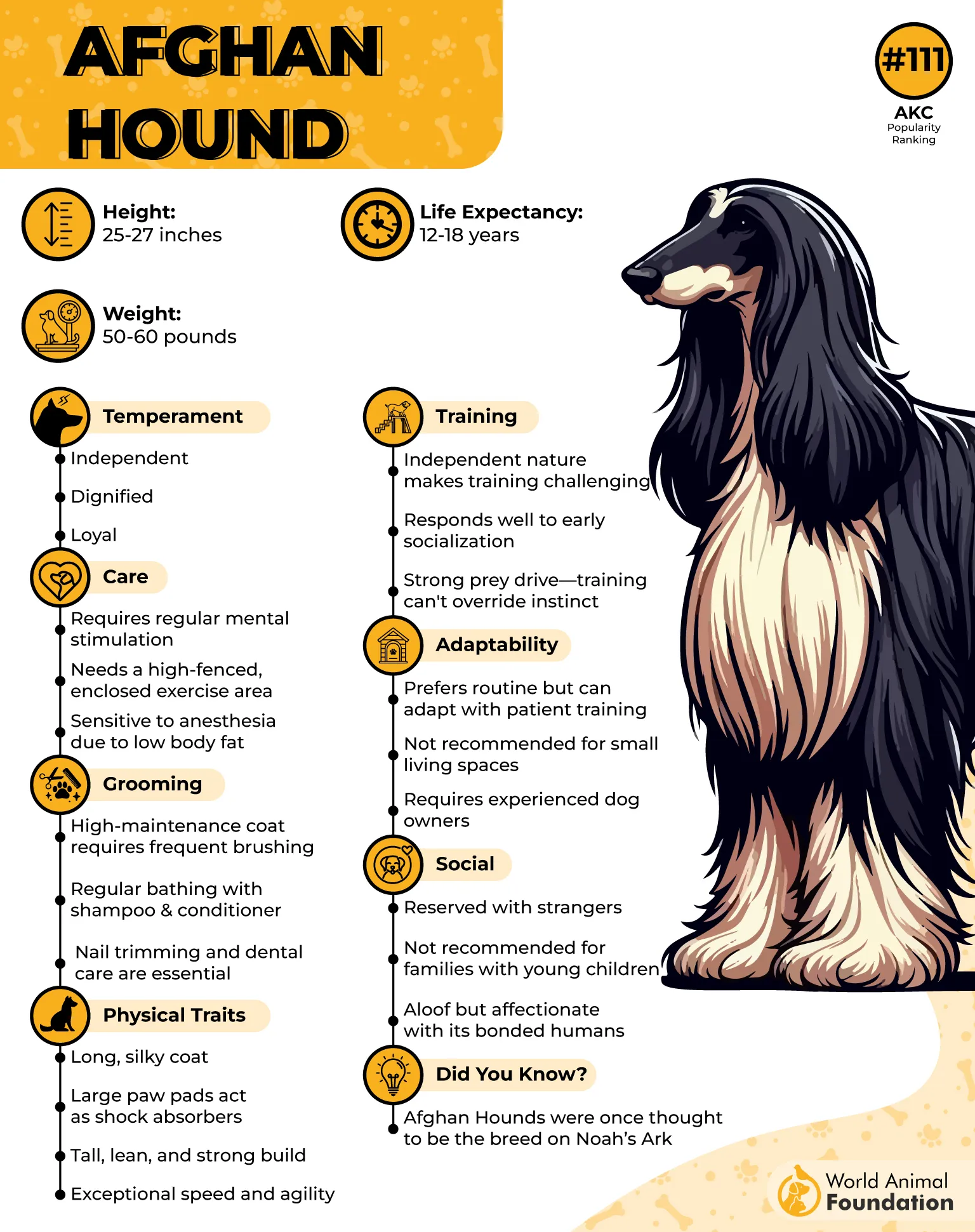
Energy Meets Selective Attention
These dogs are fast runners with great stamina, but their bursts of speed often come without warning. When off-leash, they may chase after moving objects before listening to commands. Such unpredictability is a reason Afghan Hounds are often ranked among the least obedient breeds.
A Breed Both Regal and Rebellious
While many breeds seek to please, Afghan Hounds are content to remain dignified and detached. Their reserved personality doesn’t mean they’re unfriendly, but it does mean they bond on their own terms. This elegant independence is exactly what makes them admired and difficult at the same time.
6. Parson Russell Terrier
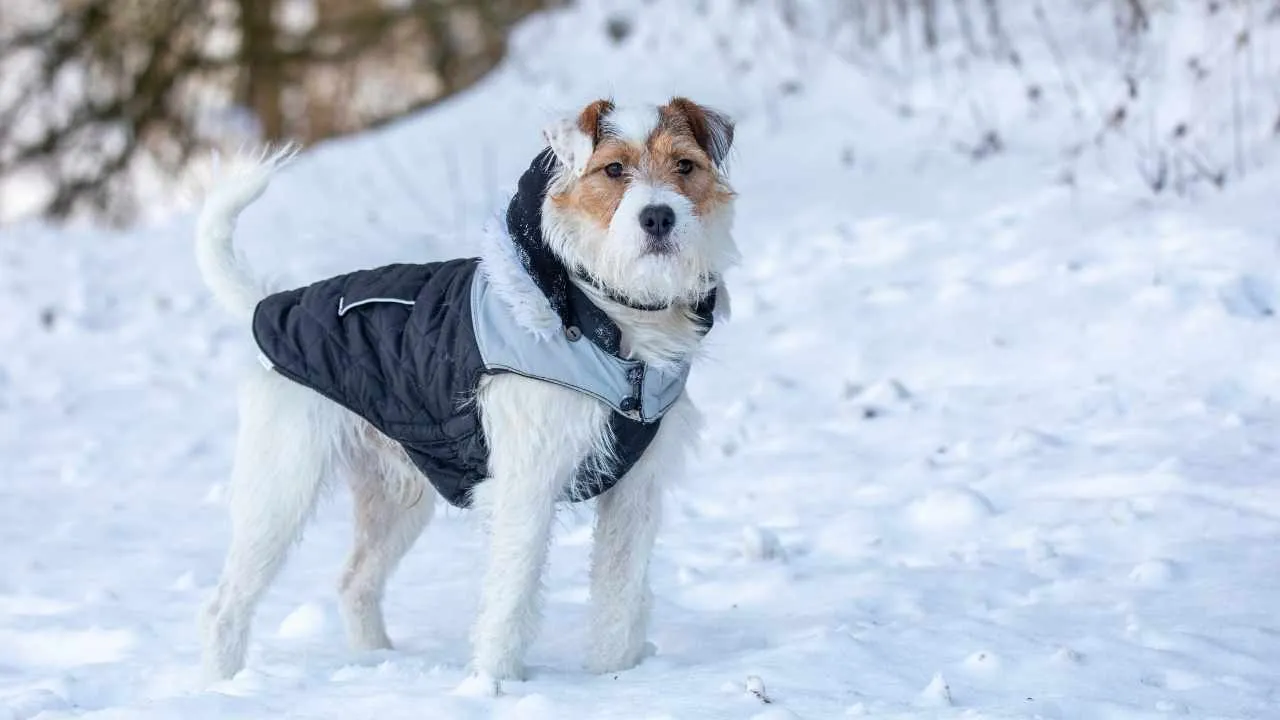
The Parson Russell Terrier is packed with drive and determination, traits inherited from its fox-hunting origins. These little dogs are bursting with stamina, often channeling it into digging, chasing, or barking. Without enough outlets, that enthusiasm quickly turns into restlessness.
Mischief Is Part of the Package
Their cleverness means they can outsmart inexperienced handlers and find ways to entertain themselves. This can look like darting after squirrels or rearranging the backyard through endless digging. A few points that reveal their challenging side include:
Quick to pick up unwanted habits
Persistent barkers when alert
Known for escaping fenced yards
Independent but Headstrong
Parson Russells are highly intelligent but often prefer doing things their way. Training sessions need patience and consistency because they push boundaries when rules aren’t firm. Their determination, while admirable, can sometimes make them difficult to manage in family settings.
Bold Personality in a Small Body
Despite their size, these terriers carry an intensity that surprises many first-time owners. Their fiery temperament is part of what makes them entertaining but also demanding. Without careful structure, their bold streak can easily spill into stubborn or unruly behavior.
7. Siberian Husky
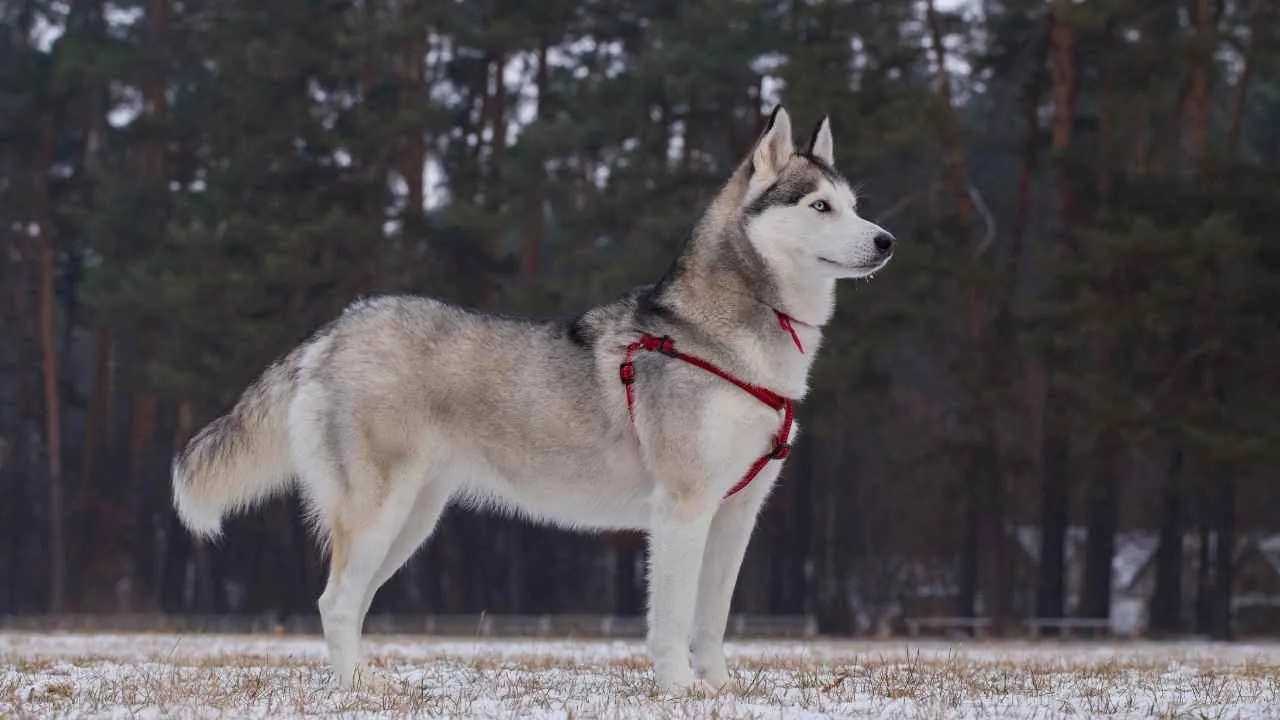
Siberian Huskies are famous for their striking looks, but owners often talk more about their mischievous habits. They’re clever escape artists, known to scale fences or dig their way out if given the chance. This independent streak often lands them on lists of the hardest dogs to manage.
Stubborn Yet Intelligent
Training a Husky can feel like a battle of wills, as their intelligence is matched by their stubbornness. They tend to follow their own agenda, which frustrates first-time owners. These qualities, while fascinating, often make them a challenging breed to handle consistently.
Here’s where their behavior really shows:
Known for their dramatic “talking” or howling habits
Can be destructive if left without supervision
Often chase smaller animals due to strong prey drive
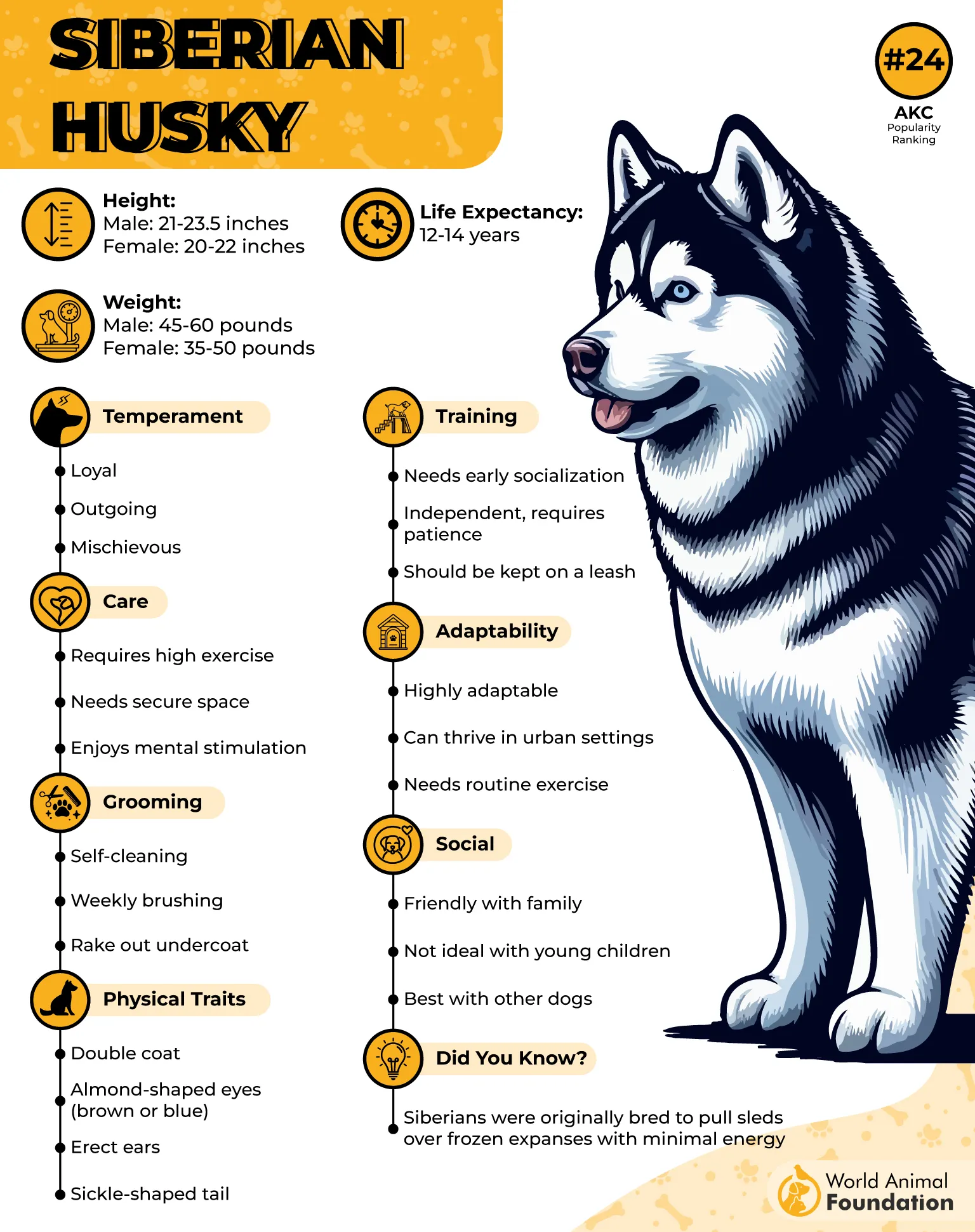
Endless Energy Levels
Bred to pull sleds over long distances, Huskies carry endless energy into family homes. Without proper outlets, they may chew, dig, or become restless indoors. Their need for activity often surpasses what the average household expects from a pet dog.
Sociable but Headstrong
Huskies generally love people, which makes them terrible guard dogs despite their wolf-like appearance. Their friendliness, however, is paired with a tendency to ignore commands when something else catches their attention. This makes consistent training a lifelong task.
8. Dachshund
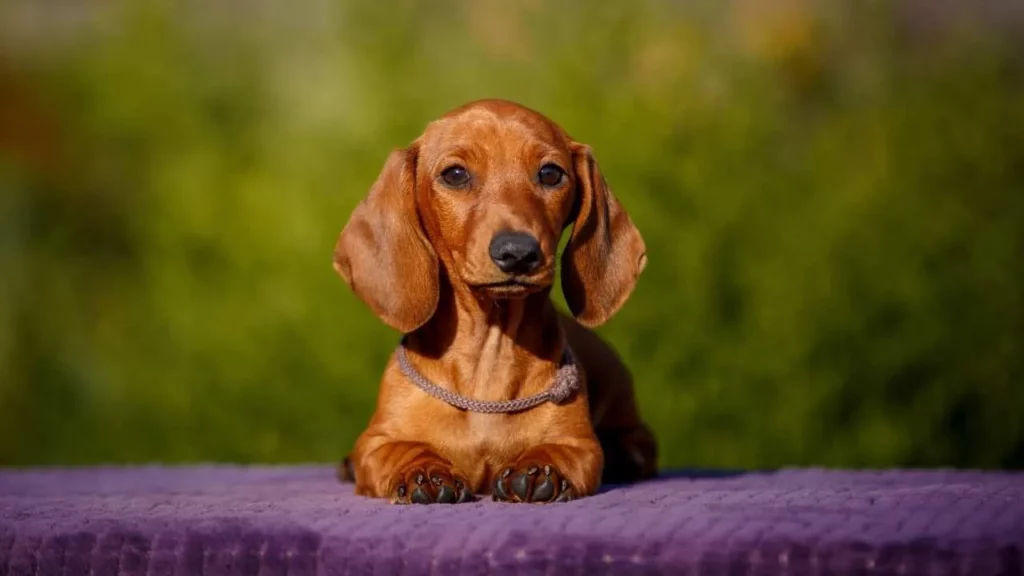
The Dachshund is instantly recognizable with its long body and short legs, but it’s their stubborn personality that often defines them. Bred for independent hunting, they are known for having strong opinions about what they want to do. This can make obedience training more challenging compared to other breeds.
Mischief Hidden Behind a Cute Face
Their curious noses often lead them into trouble, as Dachshunds love to dig, chase, and explore every corner of a home or yard. This tendency can sometimes frustrate owners who struggle to keep them focused. Many trainers highlight that their willpower often overshadows commands.
They’re also well known for:
Loud, persistent barking at small sounds
A tendency to chew when bored
Escaping fenced areas through digging
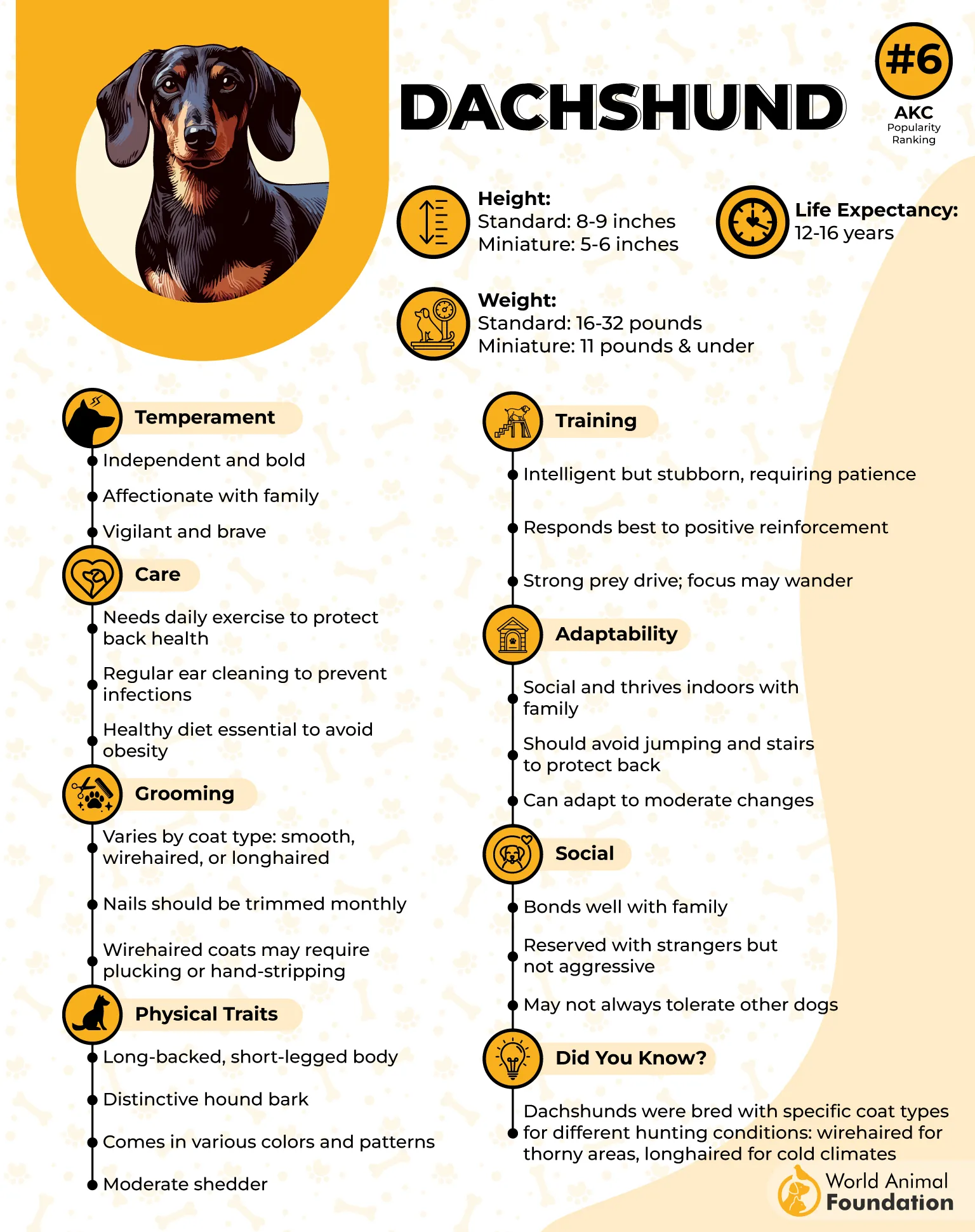
Protective Instincts That Cause Issues
Though small, Dachshunds carry a bold guarding instinct, and they are quick to alert their families of any unusual activity. This overprotectiveness can escalate into barking frenzies or defensive behavior. Without consistent boundaries, their strong-willed nature often leads to clashes in daily routines.
A Breed That Leaves an Impression
Dachshunds often end up being remembered as comical yet exasperating companions due to their mix of charm and defiance. Their energy, curiosity, and independence make them engaging, but also difficult for those expecting an easy-going pet. With patience, they reveal both their mischief and their loyalty.
9. Shiba Inu
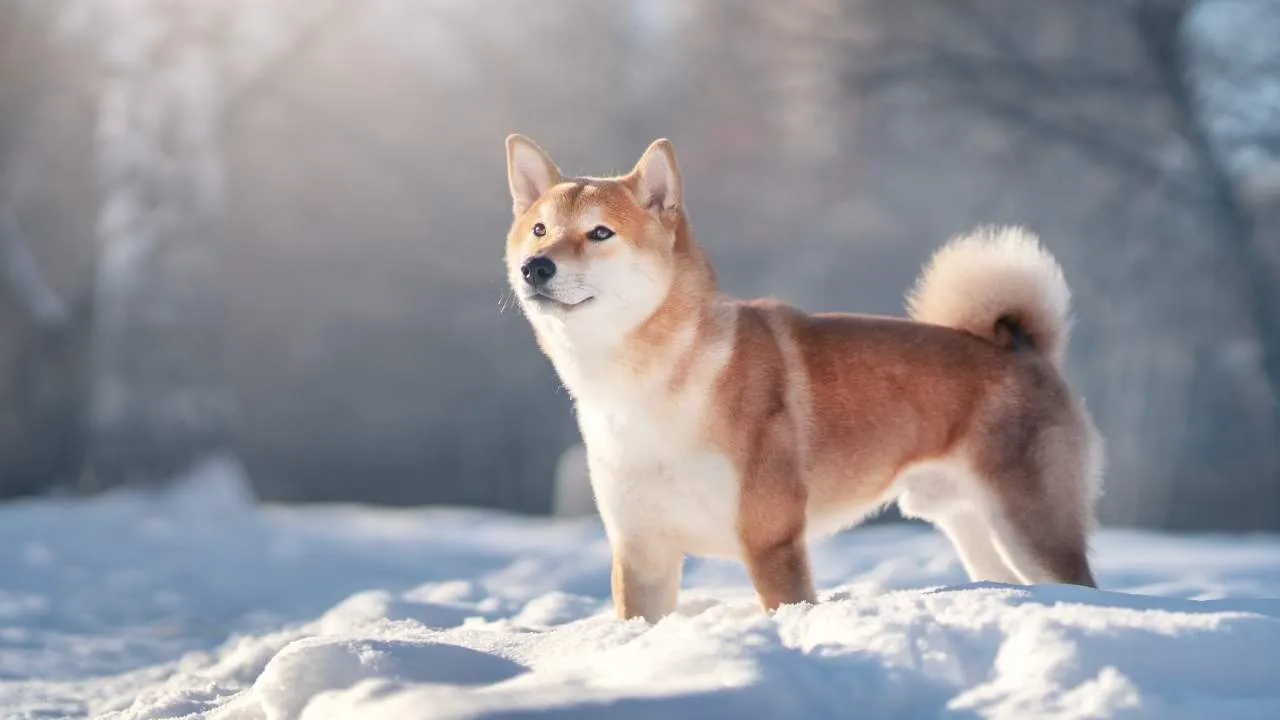
Shiba Inus carry themselves with quiet confidence, often making choices on their own terms. They have a sharp gaze and a lively, alert presence that commands attention without being loud. Their independent streak can surprise those expecting a constantly obedient companion.
Spirited and Sometimes Stubborn
These dogs are known for their willful nature, which can challenge even seasoned owners. Training requires patience and consistency, as Shibas often like to test boundaries. Their alertness also makes them highly reactive to small movements or sounds around the house.
A few traits that stand out in daily life:
Quick decision-making, sometimes ignoring commands
Vocal expressions when curious or excited
A tendency to explore independently
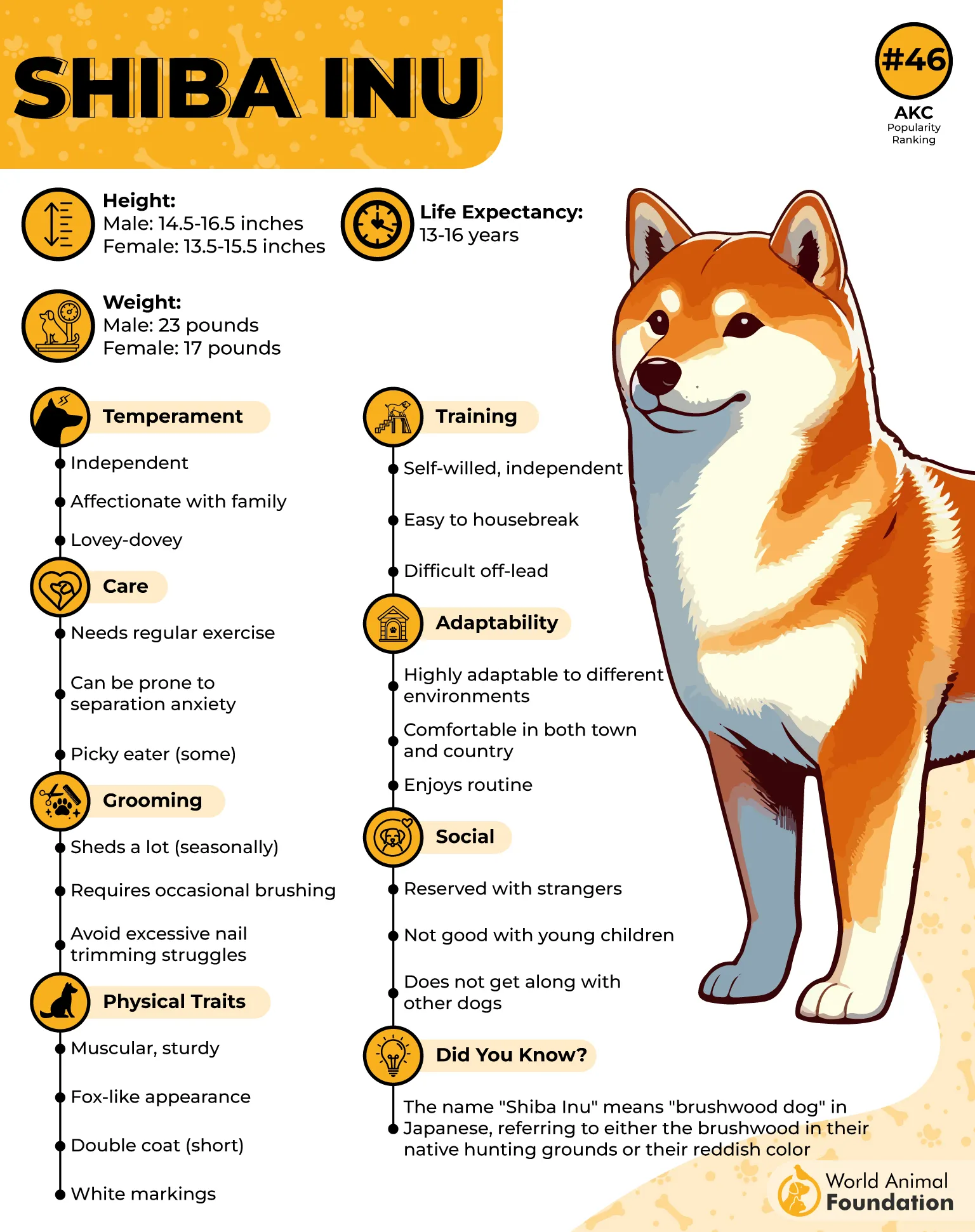
Playful Yet Selective
While Shibas enjoy bursts of playful energy, they also appreciate alone time to observe their surroundings. Their behavior can be unpredictable, blending affection with moments of aloofness. This selective social interaction makes them fascinating companions.
Remarkably Agile and Observant
Shiba Inus are naturally light-footed, capable of agile movements that catch people off guard. Their keen senses often make them aware of visitors before humans notice. These traits contribute to their reputation as one of the more challenging yet captivating breeds to live with.
10. Scottish Terrier
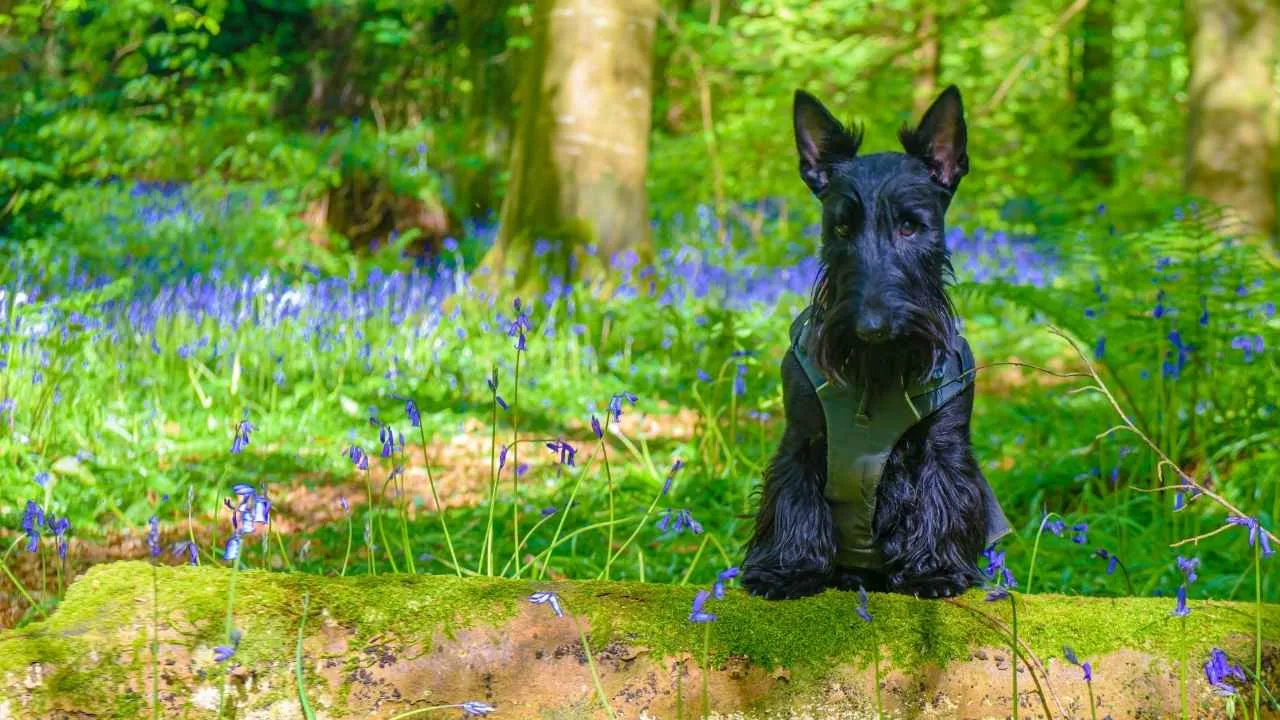
Scottish Terriers carry themselves with pride, often appearing more dignified than playful. Their wiry coat and sharp expression give them a look of seriousness that matches their personality. This appearance often fools strangers into underestimating just how bold they can be.
Independent but Strong-Willed
Bred in Scotland as hunters, Scotties developed a confident and independent streak. They don’t give in easily, which can make training a challenge for first-time owners. Without consistent guidance, their stubborn side tends to show up quickly.
They are also known for:
A deep bark that surprises many, considering their size
A natural digging instinct from their terrier heritage
Strong loyalty toward a single family member
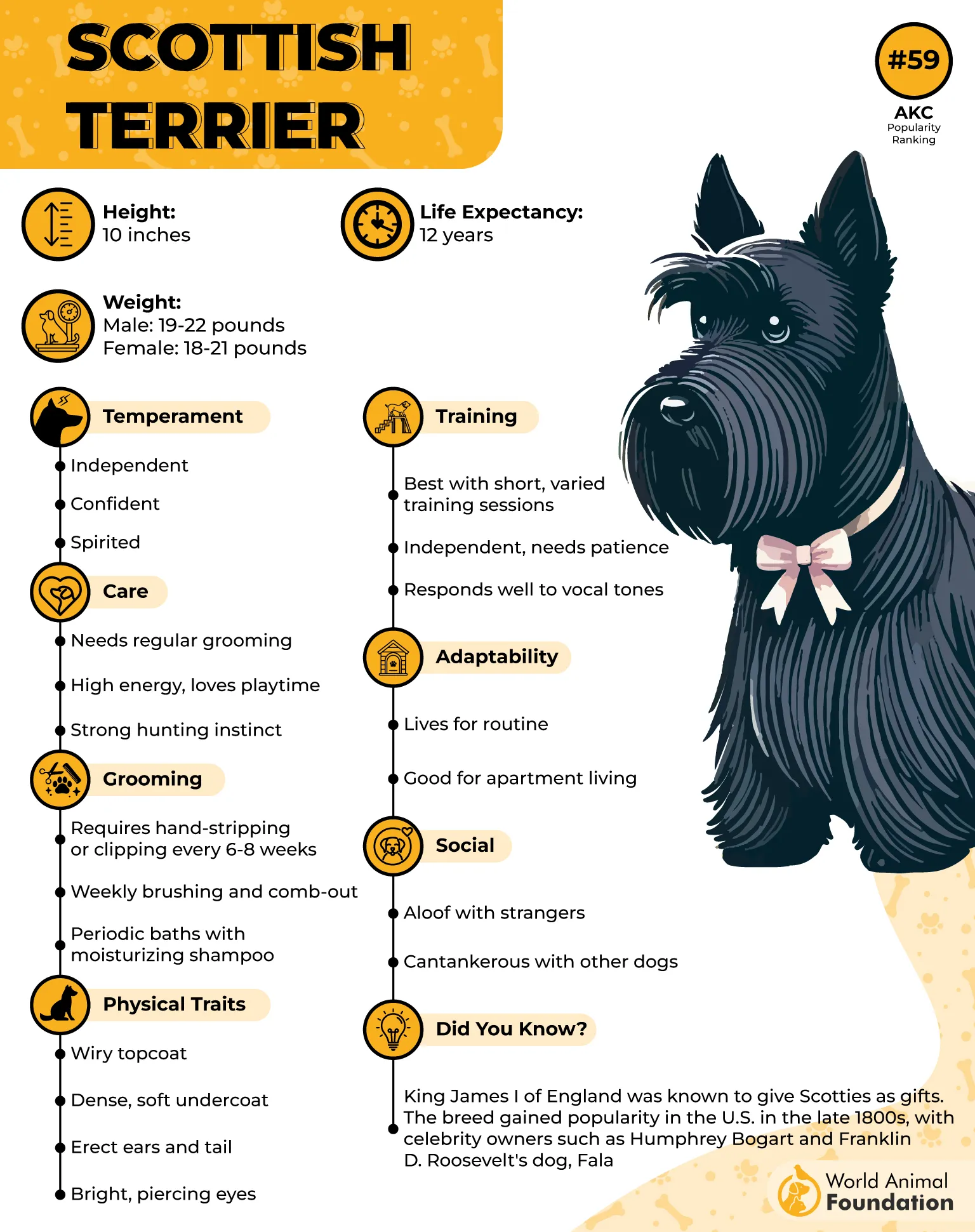
A Bold Attitude in Small Size
What makes them harder for some households is their fearless attitude. They don’t shy away from larger dogs and may confront challenges head-on. This intensity can be overwhelming for families expecting a calm, easygoing pet.
Training Needs and Leadership
Scottish Terriers respond best when training is both firm and respectful. They resist harsh methods but flourish under consistent and fair leadership. With this balance, they can adapt into steady companions, though their independence never disappears.
Conclusion
Living with certain dog breeds often means learning patience and consistency. These dogs carry quirks that reflect their own behavior, from stubborn streaks to restless energy. Dog owners who understand these challenges can avoid frustration and enjoy the loyalty these pets bring.
For pet parents willing to guide them, even popular dog breeds with difficult habits can thrive in the right environment. While they may never be simple protection dogs, they reward commitment with unforgettable character and companionship.


